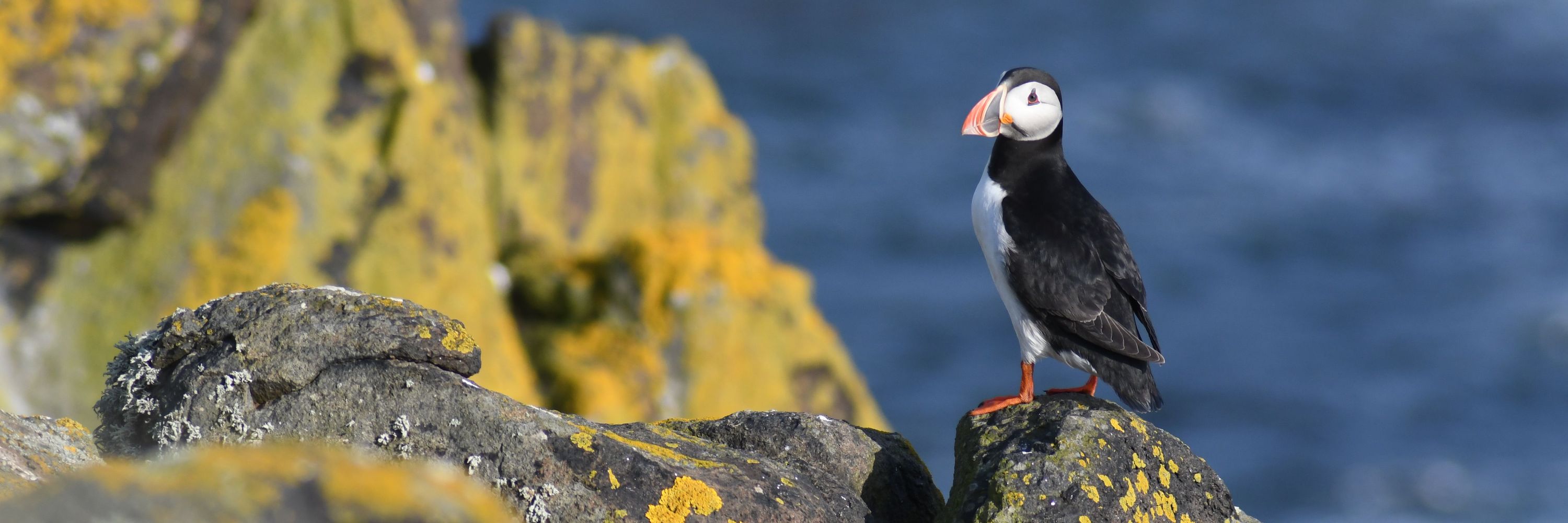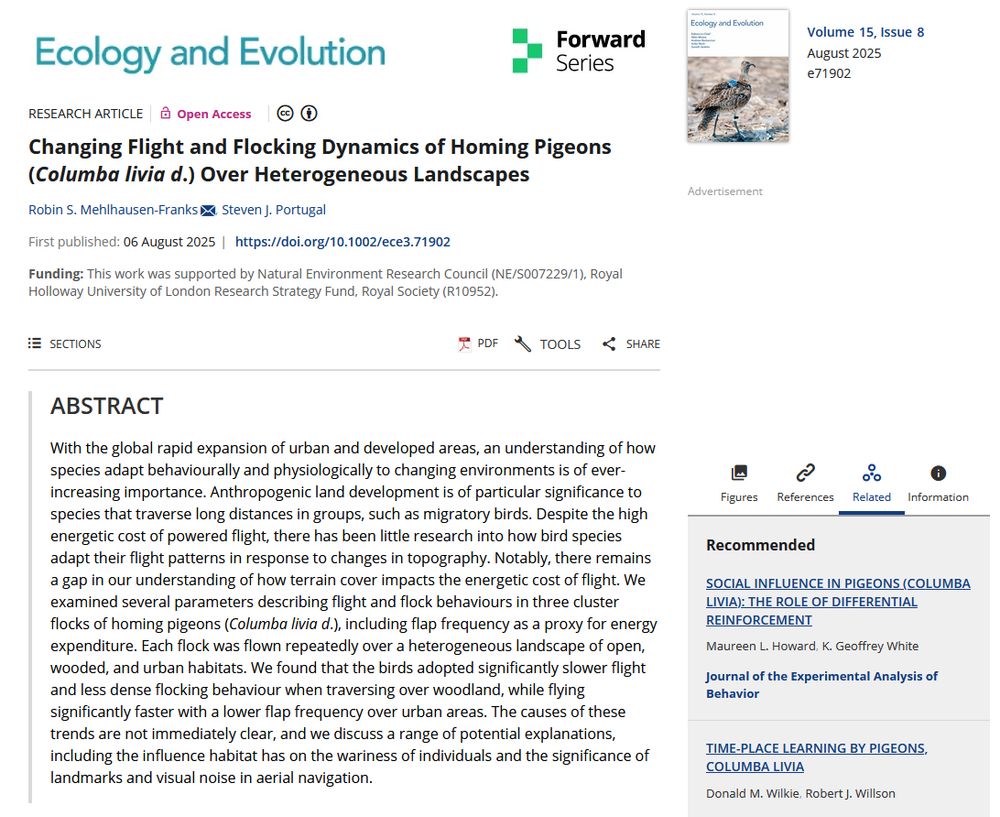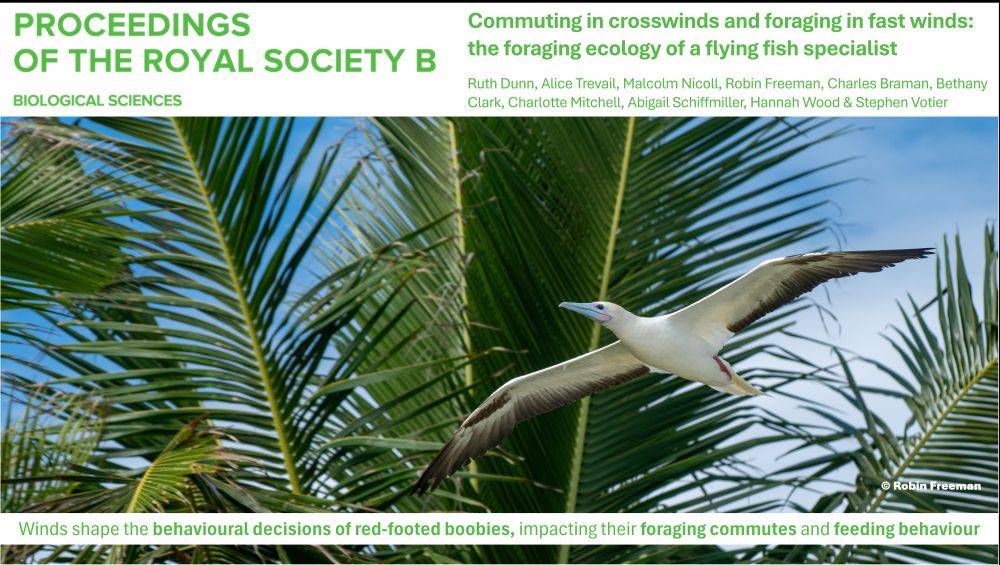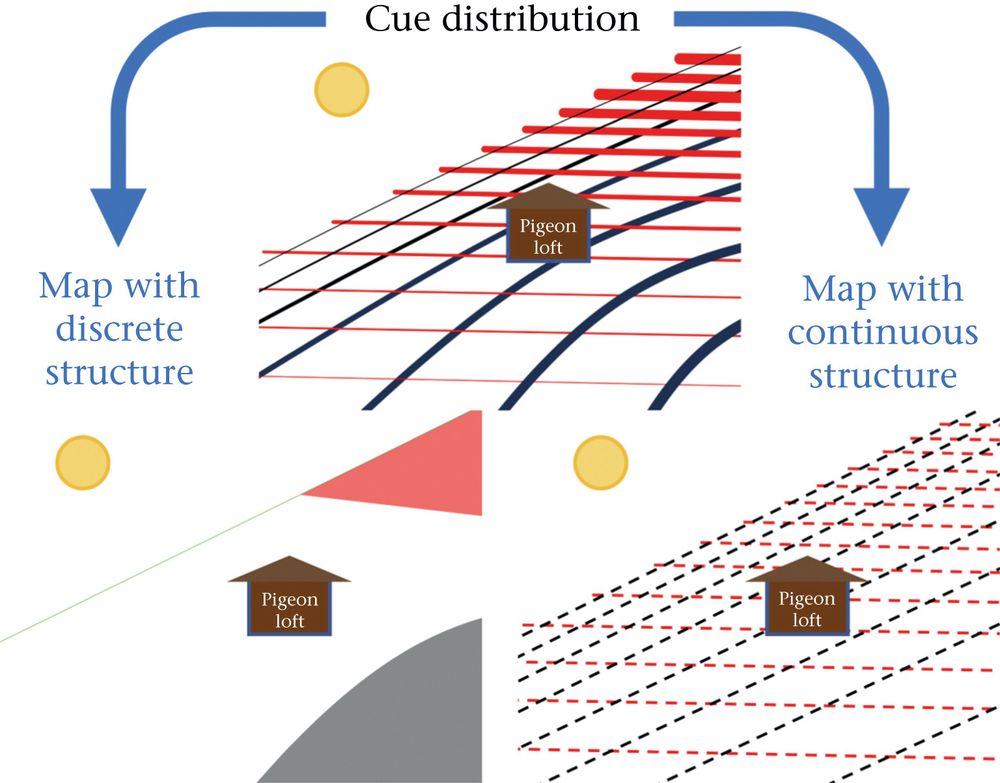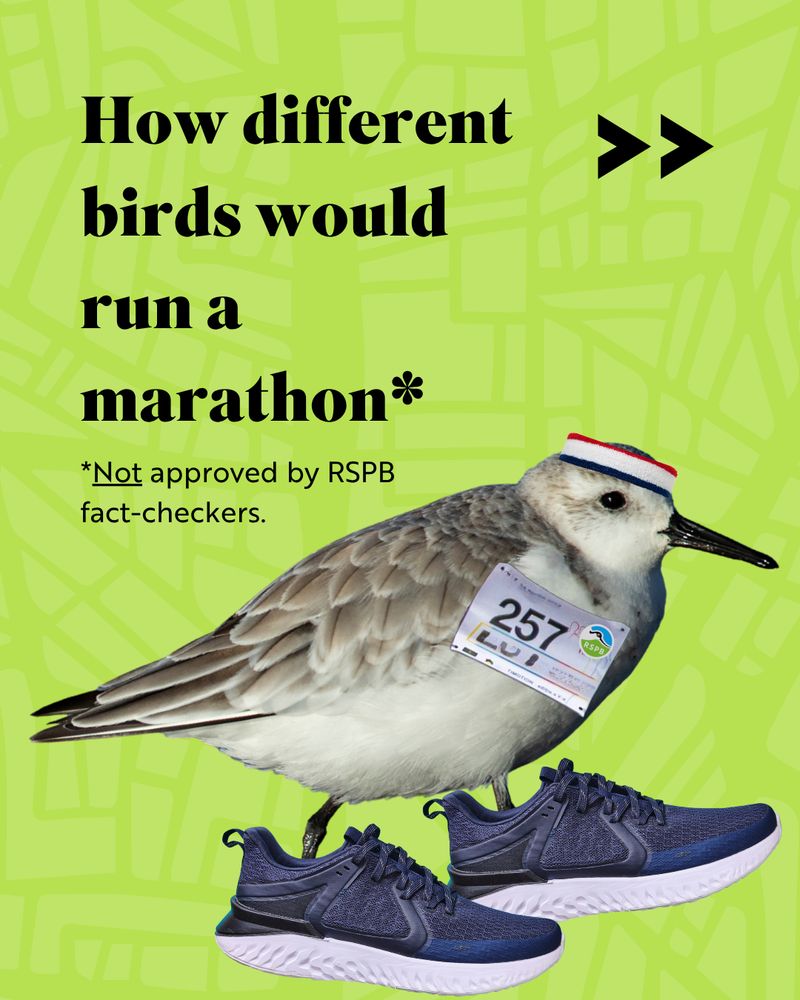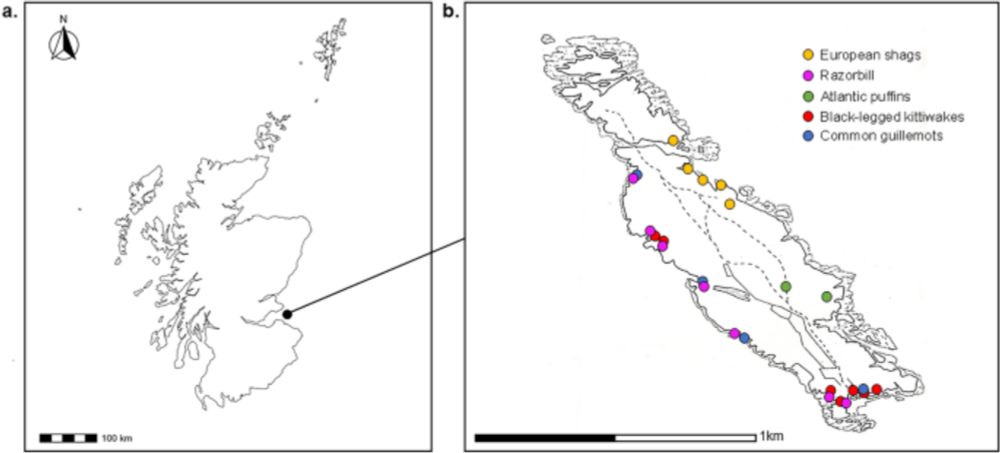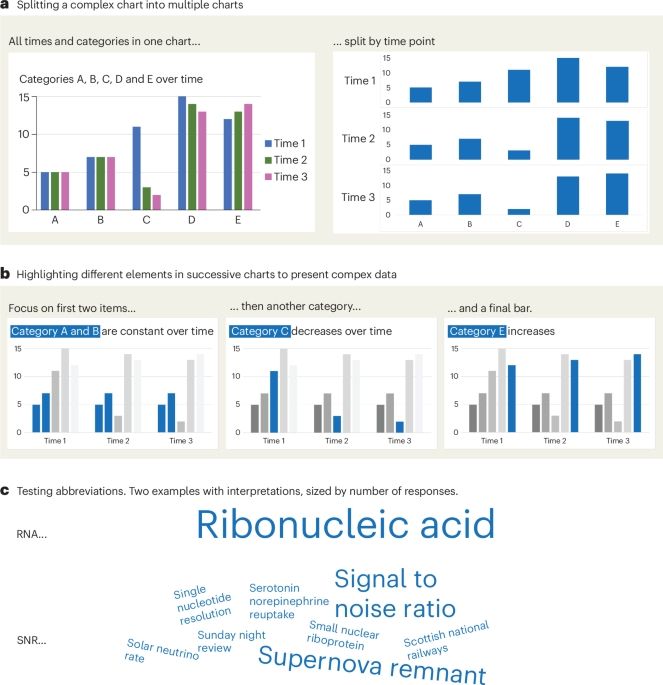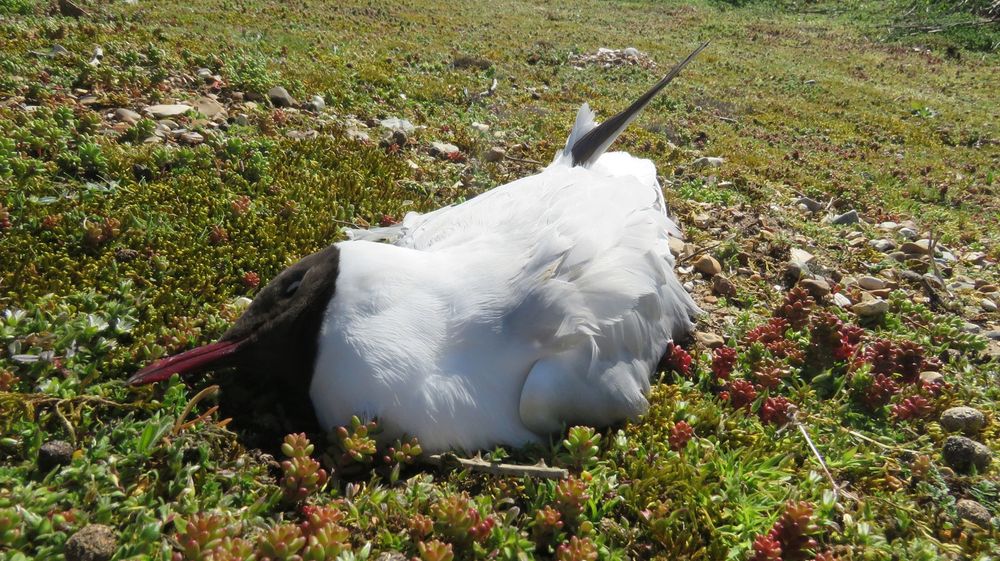Christopher Pollock
@tonyauk.bsky.social
790 followers
560 following
10 posts
Quantitative Ecologist at UKCEH trying to reproduce what seabirds do at sea on a computer.
Posts
Media
Videos
Starter Packs
Reposted by Christopher Pollock
Reposted by Christopher Pollock
Reposted by Christopher Pollock
Reposted by Christopher Pollock
Reposted by Christopher Pollock
Reposted by Christopher Pollock
Reposted by Christopher Pollock
BioSS
@bioss.bsky.social
· Aug 21

Global tracking of marine megafauna space use reveals how to achieve conservation targets
The recent Kunming-Montreal Global Biodiversity Framework (GBF) sets ambitious goals to protect, conserve, and manage at least 30% of the world's oceans in an effort to halt the loss of important mari...
www.bioss.ac.uk
Reposted by Christopher Pollock
Reposted by Christopher Pollock
Reposted by Christopher Pollock
Dr. Joan Dudney
@dudney-joan.bsky.social
· Aug 14
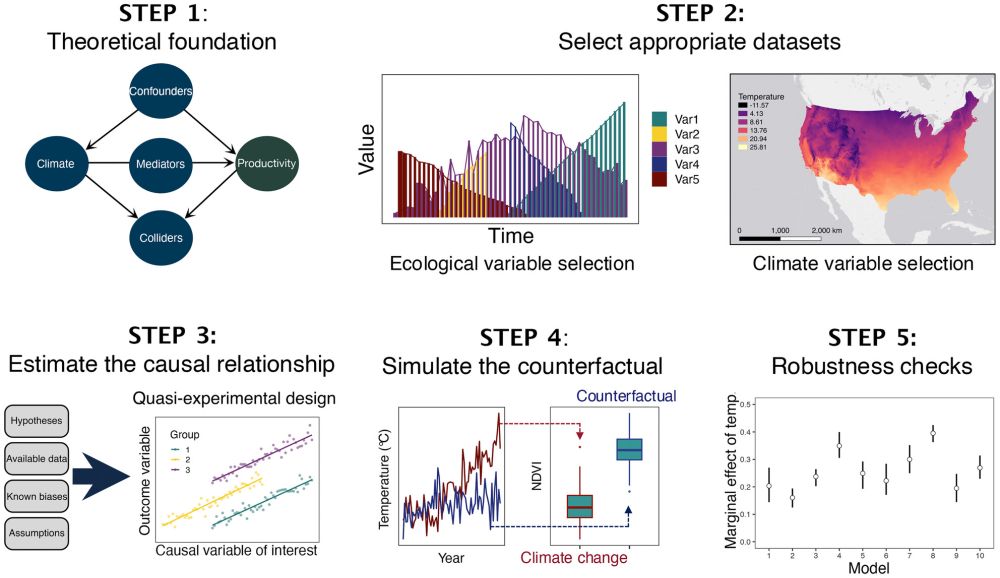
A Causal Inference Framework for Climate Change Attribution in Ecology
Accurately attributing ecological shifts to climate change remains a significant challenge. Here, we present an accessible causal inference framework designed for climate change attribution in observ...
onlinelibrary.wiley.com
Reposted by Christopher Pollock
Reposted by Christopher Pollock
Reposted by Christopher Pollock
Reposted by Christopher Pollock
Reposted by Christopher Pollock
Reposted by Christopher Pollock
Reposted by Christopher Pollock
Reposted by Christopher Pollock
Reposted by Christopher Pollock
Reposted by Christopher Pollock
Reposted by Christopher Pollock
